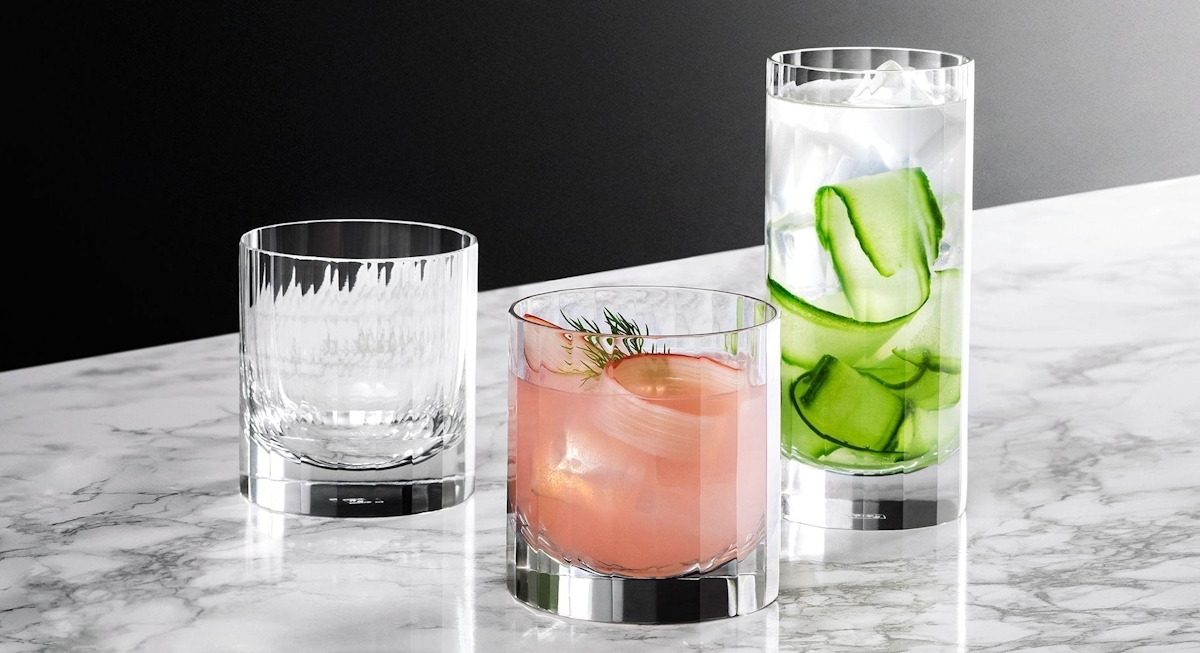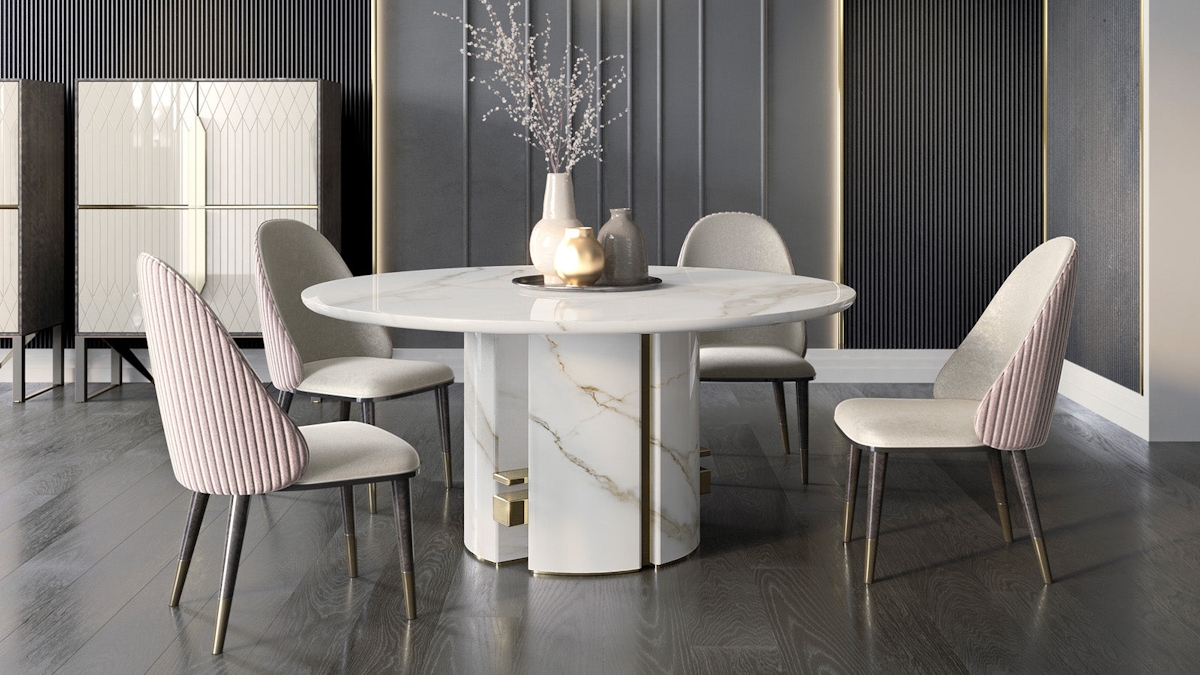For a beautiful table setting, it’s important to think beyond the realms of pretty plates, cutlery and napkin rings. Glassware is a fundamental element of any well-laid tablescape and an understanding of which designs to buy in which materials for which occasions is a worthy pursuit.
“When choosing glassware, these are five indicators: thickness, clarity, refraction, cut, sound and weight,” Joanna Maya, founder of Gurasu, explains. She goes on to mention that “crystal shows more clarity than a typical piece of soda-lime glass, and its reflective quality is why crystal is used for chandeliers, fine wine glasses and jewellery pendants.”
The bottom line is to always buy your special glassware from a reputable brand which guarantees the highest quality. That along with the following guide to glass shape will keep you in check for your next dinner party.



















